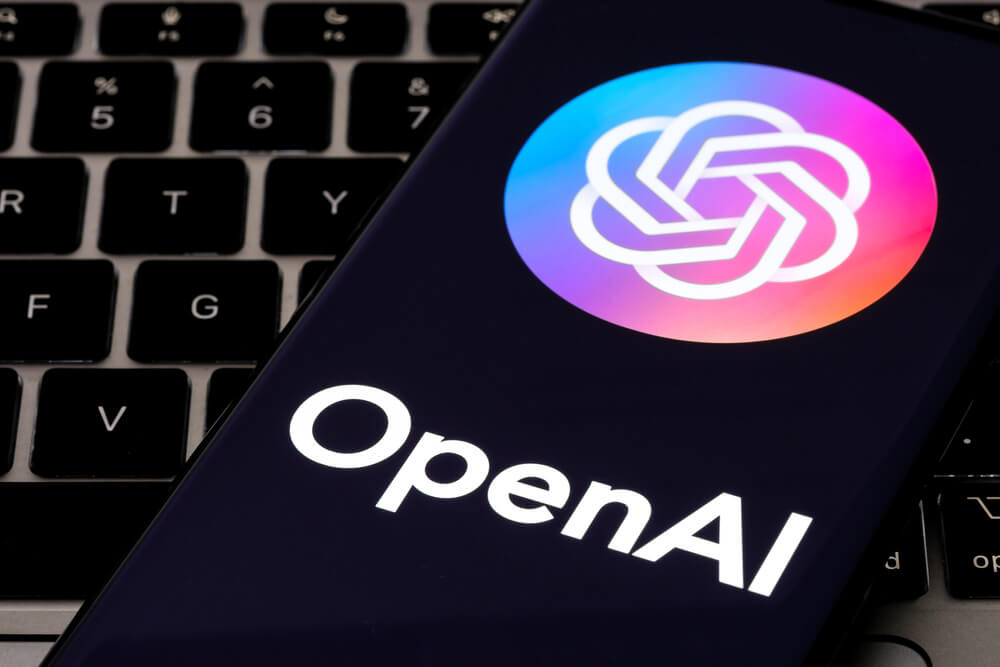Exploring the World of OpenAI Models
The realm of artificial intelligence (AI) has witnessed a revolution, thanks to OpenAI and its groundbreaking models. This article embarks on a journey to explore OpenAI models, their applications, impact on industries, challenges, and the promising future they hold.
The Rise of OpenAI
OpenAI, founded in 2015, emerged as a pioneer in AI research and development. Its mission is to ensure that artificial general intelligence (AGI) benefits all of humanity. Over the years, OpenAI has introduced remarkable AI models that have captured the world’s attention.
Understanding OpenAI Models
3.1. GPT-3: The Game Changer
The introduction of GPT-3 (Generative Pre-trained Transformer 3) marked a significant breakthrough in natural language processing. GPT-3, with its 175 billion parameters, can generate human-like text and perform a wide range of language-related tasks.
3.2. Beyond GPT-3: ChatGPT and DALL-E
OpenAI continued to push boundaries with models like ChatGPT, designed for interactive conversations, and DALL-E, which creates images from text descriptions. These models opened new possibilities in creative content generation.
3.3. OpenAI’s Approach to Ethical AI
OpenAI emphasizes ethical AI development, striving to minimize biases, promote transparency, and ensure the responsible use of AI technology.
Applications of OpenAI Models
4.1. Natural Language Processing
OpenAI models have found applications in natural language understanding, translation, and summarization, making them invaluable for content creators and communicators.
4.2. Creative Content Generation
DALL-E, with its ability to generate images from textual descriptions, has sparked creativity in content creation, design, and art.
4.3. AI in Healthcare
OpenAI models are contributing to medical research by analyzing vast datasets and aiding in disease diagnosis.
The Impact on Industries
5.1. E-commerce and Customer Service
In the e-commerce sector, AI-powered chatbots using ChatGPT provide efficient customer support, improving user experiences.
5.2. Education and E-Learning
OpenAI models enhance educational content creation, personalized tutoring, and language learning, making education more accessible.
5.3. Medical Research and Diagnosis
AI models assist in medical image analysis, drug discovery, and patient care, accelerating advancements in healthcare.
Challenges and Concerns
6.1. Bias in AI
Addressing bias in AI models remains a critical challenge to ensure fair and equitable AI applications.
6.2. Privacy and Data Security
As AI models become more integrated into daily life, safeguarding user data and privacy is paramount.
The Future of OpenAI Models
The future holds exciting prospects for OpenAI models, including even more advanced language models, increased use in research and development, and broader applications across industries.
Conclusion
OpenAI models have transformed the landscape of AI and continue to shape the future of technology. Their versatile applications, ethical development, and potential for industry transformation make them a force to reckon with in the AI domain.
FAQs
- What is the significance of GPT-3 in AI development?
- GPT-3 is a milestone in AI due to its ability to generate human-like text and perform various language-related tasks.
- How do OpenAI models impact the e-commerce sector?
- OpenAI models, particularly ChatGPT, enhance customer service in e-commerce through efficient chatbots.
- What challenges does OpenAI face in ensuring ethical AI?
- OpenAI is committed to addressing biases in AI and promoting transparency to ensure ethical AI development.
- Can OpenAI models be used in healthcare applications?
- Yes, OpenAI models contribute to medical research, diagnosis, and drug discovery in the healthcare sector.
- What can we expect from the future of OpenAI models?
- The future includes more advanced models, broader industry applications, and continued ethical development.






